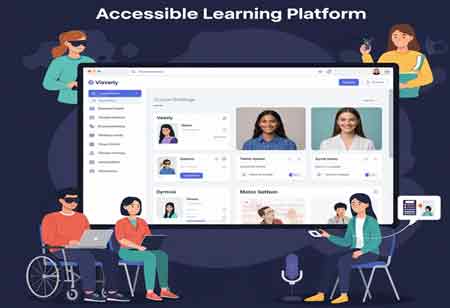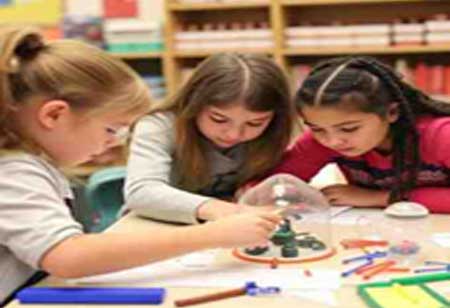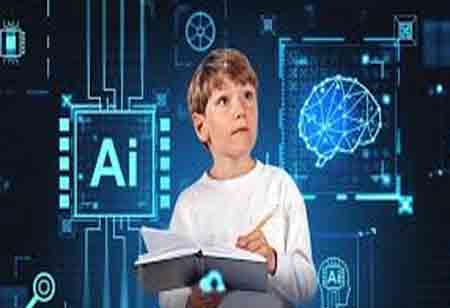THANK YOU FOR SUBSCRIBING
Be first to read the latest tech news, Industry Leader's Insights, and CIO interviews of medium and large enterprises exclusively from Education Technology Insights
Advantages of Implementing Digital Classrooms in Educational Institutions
Integrating technology into daily lessons will likely spark students' interest, making learning an enjoyable experience. Using smart classrooms, teachers can teach the same syllabus in various ways.

By
Education Technology Insights | Saturday, March 23, 2024
Stay ahead of the industry with exclusive feature stories on the top companies, expert insights and the latest news delivered straight to your inbox. Subscribe today.
Technology is revolutionizing education. Schools are building smart classrooms to provide a comprehensive learning experience for students.
Fremont, CA: In today's world, kids are exposed to technology from a very young age. Parents use gadgets like iPads, phones and laptops to keep their children entertained and engaged at home. This is where the concept of digital classrooms comes in. By integrating technology with education, learning can become more interesting for students.
Creating a more engaging environment
Integrating technology into daily lessons will likely spark students' interest, making learning an enjoyable experience. Using smart classrooms, teachers can teach the same syllabus in various ways. For instance, they can take their students on a virtual field trip to a manufacturing unit or explain photosynthesis using an engaging video. This approach promotes more active participation, as difficult or tedious subjects can become more interesting through virtual lessons or videos.
The process improves the retention of knowledge
Integrated technology in classrooms generates interest among students. They find the subjects more enjoyable and can better comprehend them with the help of advanced teaching methodologies. As a result, they can retain knowledge for a longer period. Additionally, this process allows teachers to experiment and determine the most effective learning experiences for their students.
Convenient access to information
Smart classrooms use digital learning solutions to prepare students for the future. These solutions emphasize collaborative and constructive learning, which helps students learn in a real-world context. By developing practical skills such as creating presentations, identifying reliable sources on the internet, and maintaining online etiquette, students can be ready for college, university, or the workplace. These skills are essential for meeting the demands of the digital age.
Provides opportunities for educators to enhance their learning
Technology is not only beneficial for students, but it can also help teachers improve their teaching skills. By utilizing virtual lessons, online assessments, and grading software, educators can increase accuracy, deliver impactful sessions and save valuable time. This extra time can be used to help students who need it or for the teacher to up-skill themselves.







